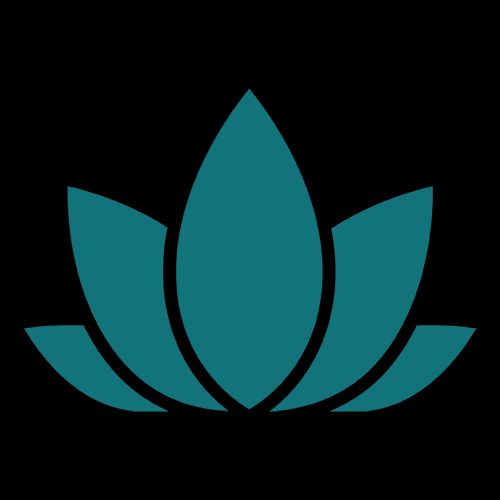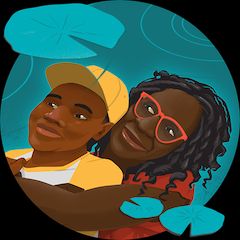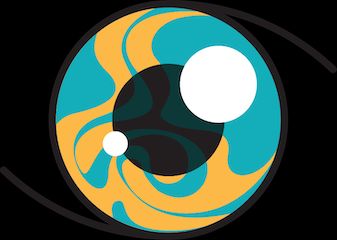Common stroke symptoms can include a drooping face, facial numbness, and difficulty speaking, among others. Sometimes, females may have more subtle symptoms or additional symptoms.
A stroke occurs when blood flow to the brain stops, and brain cells in the area begin to die. It can affect the entire body.
People treated with a blood clot-dissolving drug within
You may be reluctant to call emergency services if you aren’t sure whether someone’s having a stroke, but people who get treatment sooner have a major advantage.
Quickly recognizing the signs and symptoms of a stroke and getting emergency help can prevent long-term disability or death. Read on to learn what they are.
Stroke symptoms come on suddenly, without warning. The National Stroke Association suggests using the term “
| F | Face drooping: This can look like facial drooping, an uneven smile, or numbness. |
|---|---|
| A | Arm weakness: You can ask the person to raise their arms and if the arm drops down or isn’t steady, it could be an indicator of a stroke. |
| S | Speech difficulty: Ask the person to repeat something. Slurred speech can indicate that the person is having a stroke. |
| T | Time to call 911: If someone is having a stroke, act quickly and call 911 or your local emergency medical services. |
Additional symptoms of stroke may include:
- vision trouble in one or both eyes
- numbness in limbs, most likely on one side
- overall fatigue
- trouble walking
If you feel any of these signs or see them affecting someone else, call 911 or your local emergency services. That way, they can begin life-saving care on the way to the hospital. Get more information about first aid for stroke.
According to the American Heart Association (AHA), you don’t have to exhibit all of the warning signs to be having a stroke.
A person who has a stroke may only have one or a couple of these symptoms. It is still essential to get treatment as soon as possible.
Females who have a stroke can experience the stroke symptoms listed above. But they
Additional symptoms of stroke in females may include:
- general weakness
- nausea or vomiting
- disorientation or confusion
- memory problems
Sometimes, the symptoms of stroke in females can be more subtle, which can delay necessary treatment.
After you call 911, check when you first noticed the warning signs. The emergency crew can use this information to help determine the most helpful type of treatment.
Certain types of stroke medication need to be administered within 3 to 4.5 hours of stroke symptoms to help prevent disability or death.
According to the AHA and ASA guidelines, people who are experiencing stroke symptoms have a 24-hour window to receive treatment with mechanical clot removal. This treatment is also known as a mechanical thrombectomy.
Some strokes may also require surgical treatment.
You can prepare for a stroke if you know you’re at risk for one. These steps include:
- educating family and friends about “FAST”
- wearing medical identification jewelry for medical staff
- keeping your updated medical history on hand
- having emergency contacts listed on your phone
- keeping a copy of your medications with you
- teaching your children how to call for help, if applicable
Having a stroke increases your risk for another one. The best treatment for stroke is prevention.
Talk with your doctor if you have a health condition or other medical factors that increase your risk of stroke. They can work with you to manage risk factors like high blood pressure.
You may be able to take additional steps to minimize your risk factors. This can include getting regular exercise and eating certain foods.
Stroke can cause facial paralysis or drooping, difficulty speaking or understanding speech, and arm weakness, usually on one side of the body.
Recognizing stroke warning signs can help you act quickly during a stroke.
If you or someone else experiences symptoms of a stroke, it’s best to call 911 or your local emergency services and begin treatment on the way to the hospital.









